What is swarming? It’s when one colony of bees breaks off and forms a new colony.
If the colony stored enough over the winter and early spring, a new brood will hatch, and the old hive becomes too small for all the bees. When the bees are calmost ready to leave the old hive, they will send out scouts to look for a new home. These scouts will lead the new swarm to their new home.
Most often the old queen will leave with her worker bees and search out a new home. There is never room enough in any house for two queen bees! So, one has to go.
Modern beekeepers try to prevent swarms, but we use them as an opportunity to catch bees.

How To Tell If Bees Are Going To Swarm
A colony sending out scouts is a sign of an impending swarm. Another sign is bees hanging out on the front of the hive. Be aware, though, that this also happens when the weather is very hot.

Look for swarms in early spring. Where we live, in western North Carolina, bees start swarming in early May, but we’ve seen them swarm as early as the end of April. Usually, they swarm on hot, muggy days, and most swarms happen between 11:00 am-3:00 pm.

What Happens When Bees Swarm
The bees fill up on honey for their travels and can survive for up to three days on these stores. This means that if the hive is to survive during a swarm, they need to find a place on their own or be caught by the beekeeper within three days. The bees are usually calm and pretty harmless when they are filled up on honey stores.
How To Catch A Swarm
Catching a swarm isn’t easy the first time you do it. When you realize the bees are coming out to swarm and not just working hard, you can try to settle them. Here’s my method:
When the air becomes thick with bees, get a metal pan and spoon and start banging on it. This helps to settle the swarm into one place.
Now, I know there will be beekeepers that will read this and say, “No, that is just an old wives’ tale”. Well, in my experience, it works!

Once all the bees have settled into a ball, collect them into a hive box. Ideally, the swarm will have settled low enough to get the box under it to the position where you can brush them into the box. Sometimes if they settle on a limb you will have to cut that off and then shake that over the hive box.

Make sure the top is removed. Take a few frames out when you are brushing or shaking the bees. You can replace the lid when the bees start going in. You can tell if the queen has gone in because the other bees will start “bowing” to her as they’re going in.
If you didn’t get the queen to go in, the other bees will not stay long. We have had them settle on vines on the ground, on fence posts, in berry bushes, and brambles!
Another method: Have an empty hive set up somewhere near the old hive. Sometimes they will fly into the new hive; we have had this happen several times. Rubbing peach or apple leaves inside the empty hive will entice the scouts.
A Note On Natural Beekeeping
My husband, Alan, and I come from beekeeping families. So, we tend to stick to the old-fashioned ways. We don’t medicate or use chemicals on our farm. We use herbs that the bees can get to in order to work and medicate themselves.

We don’t use artificial foundation in the frames; we let the bees make their own comb. We don’t use an extractor. Instead, we use a straining method and the honey is not heated. We leave a full super of honey on each hive for winter and we don’t feed sugar water.
Swarming is a natural process, and we try to make our beekeeping as natural as possible!


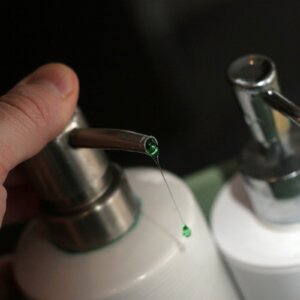


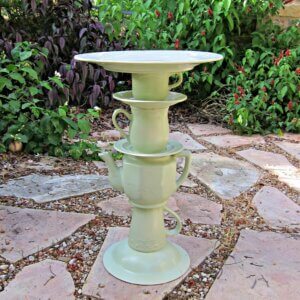




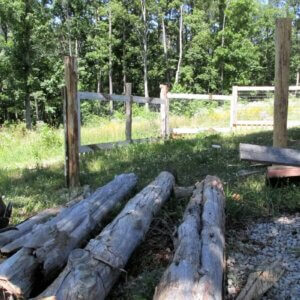
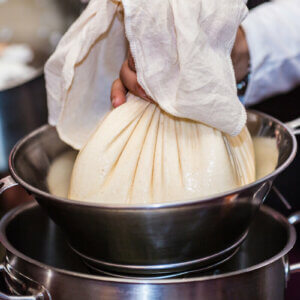



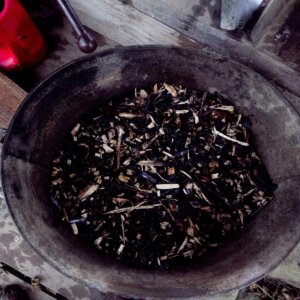
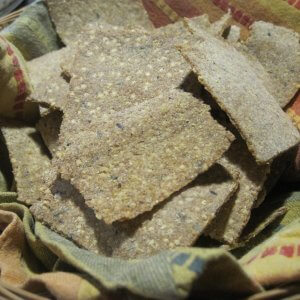






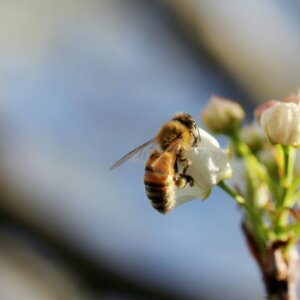



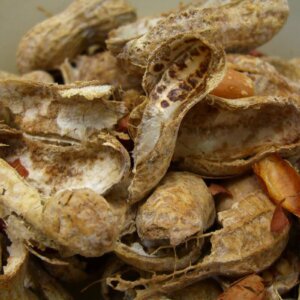










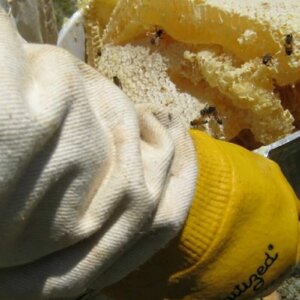



Leave a Reply